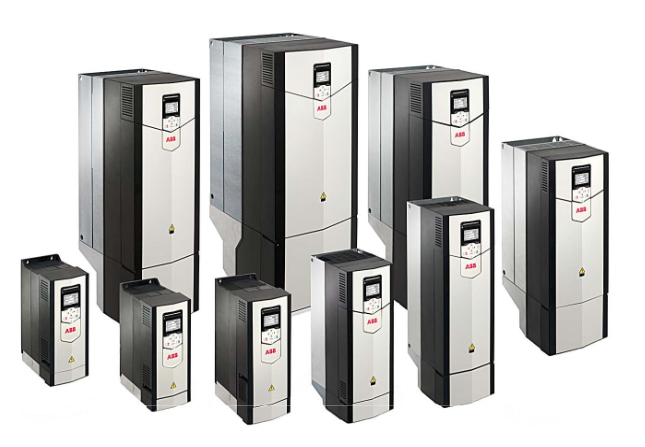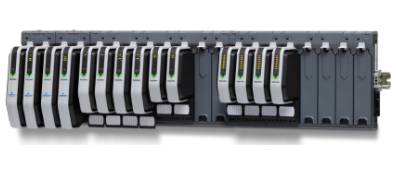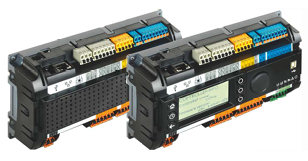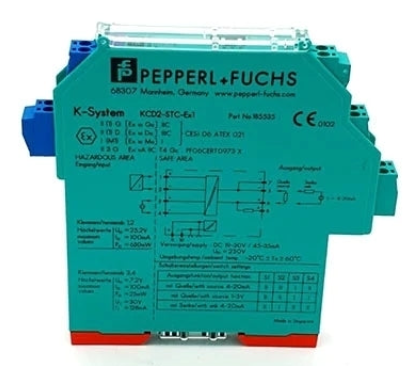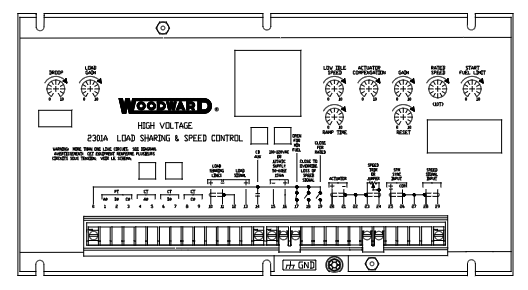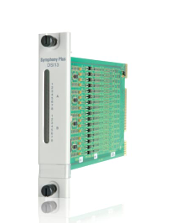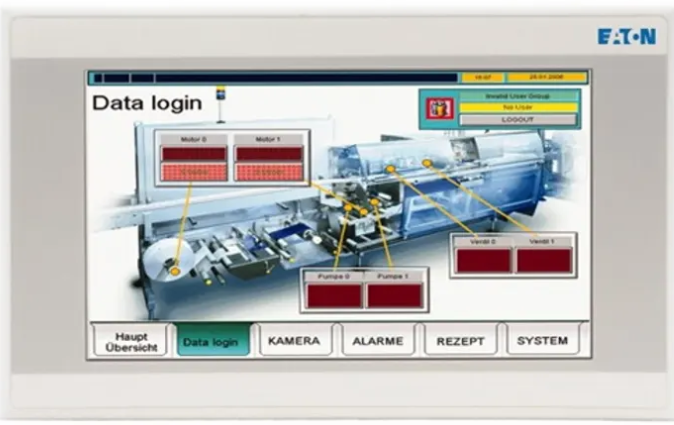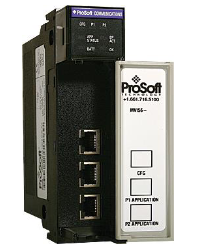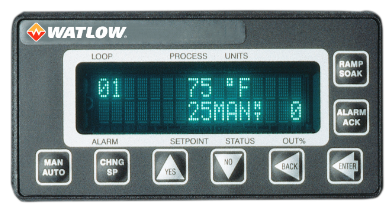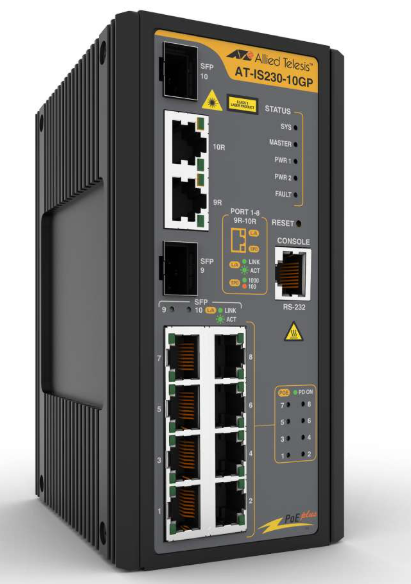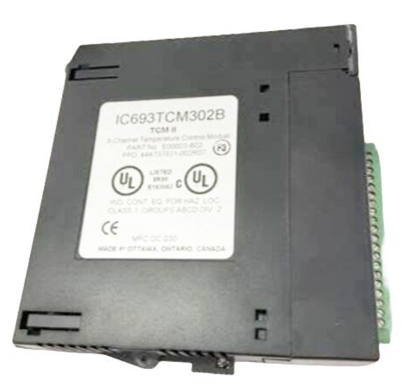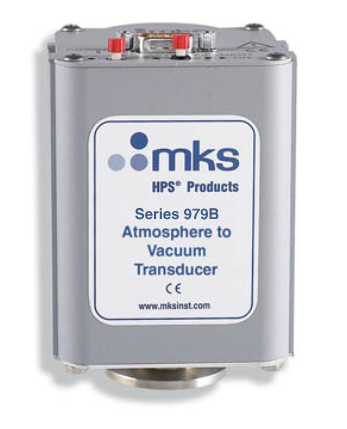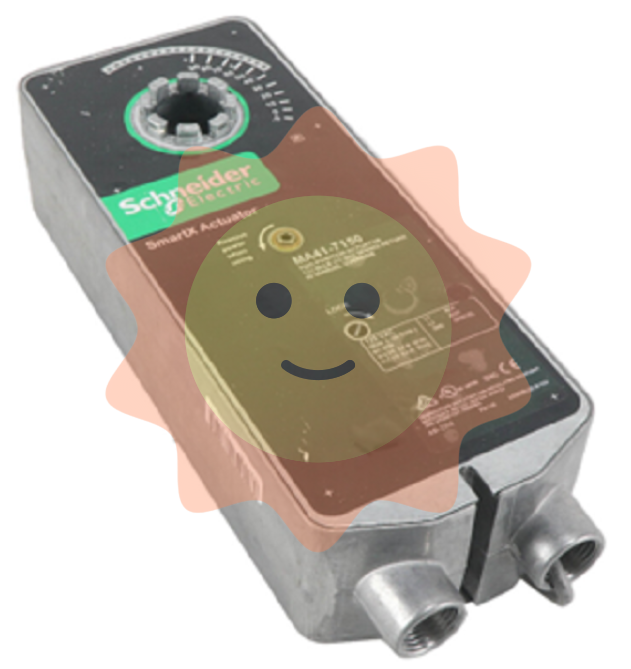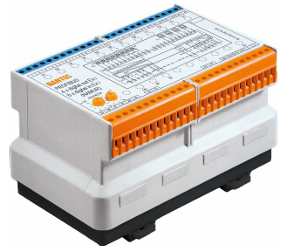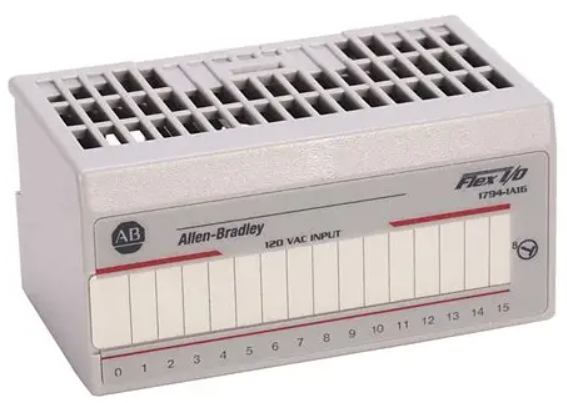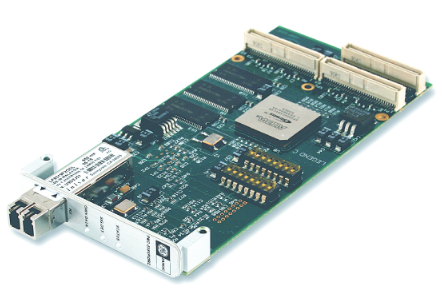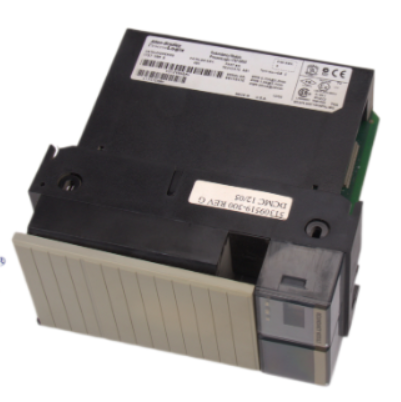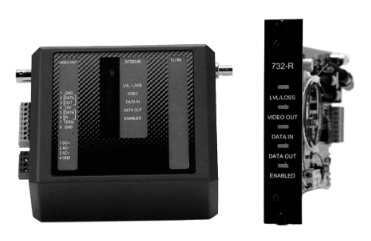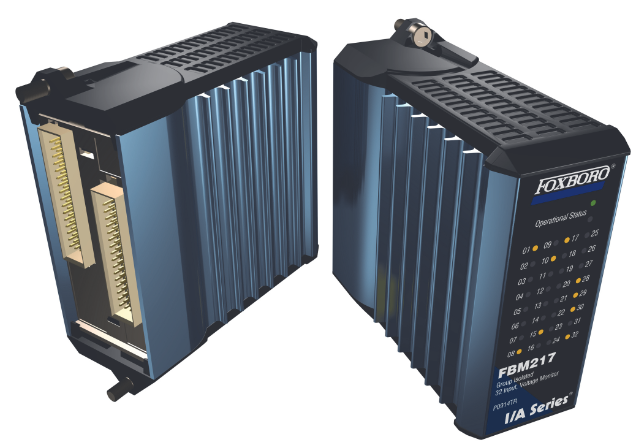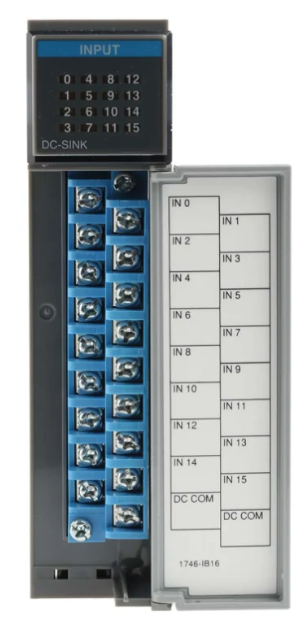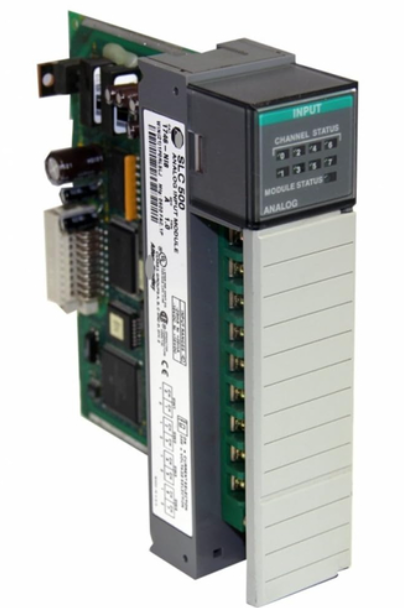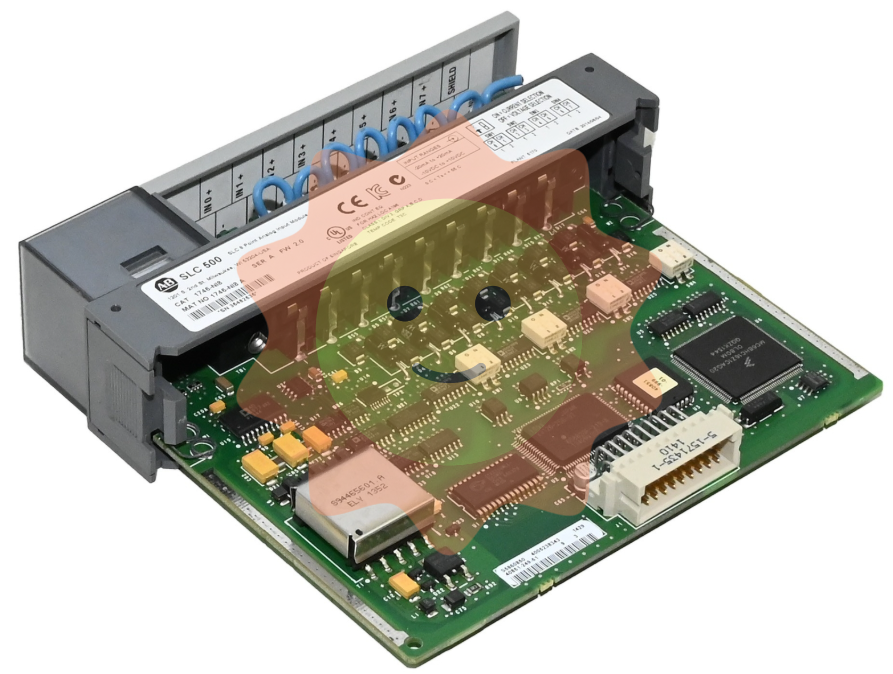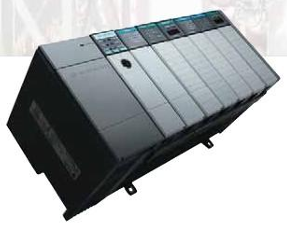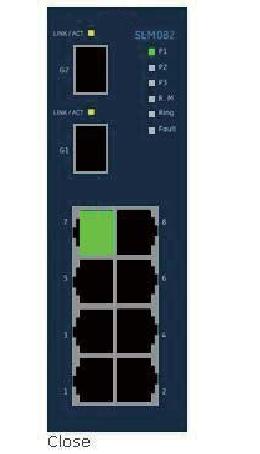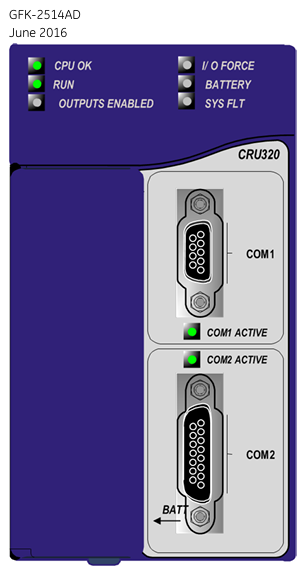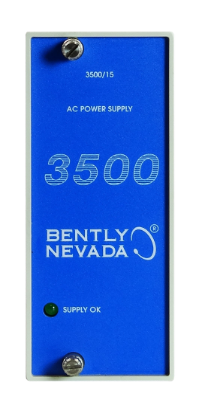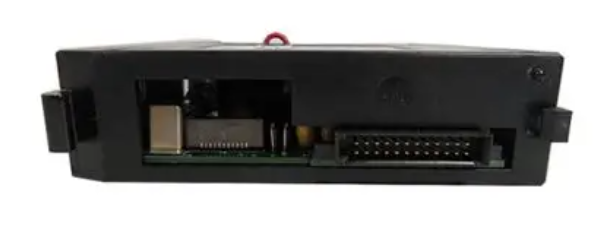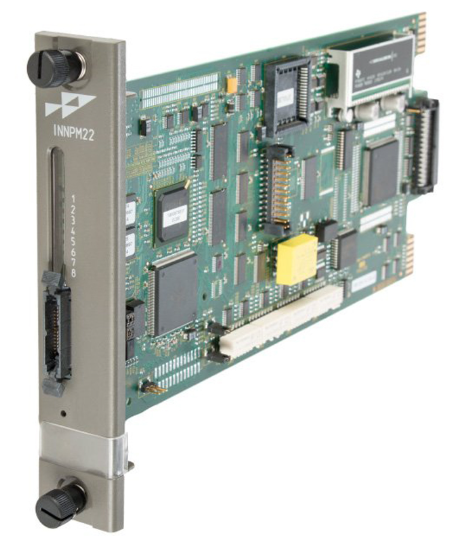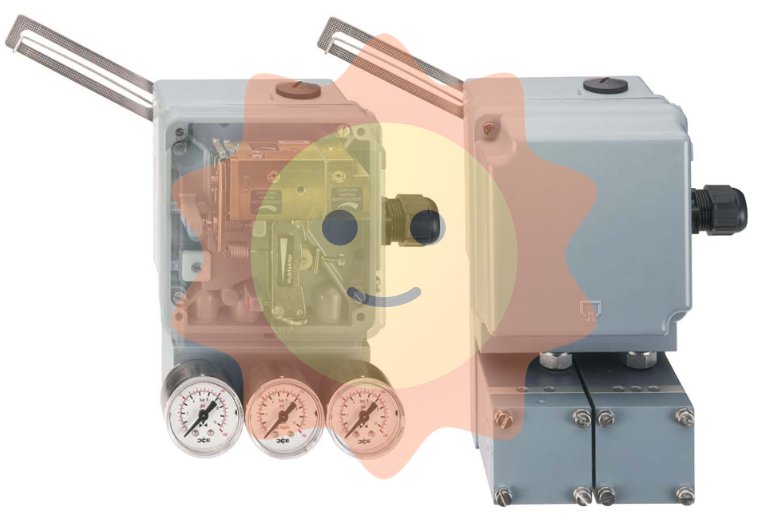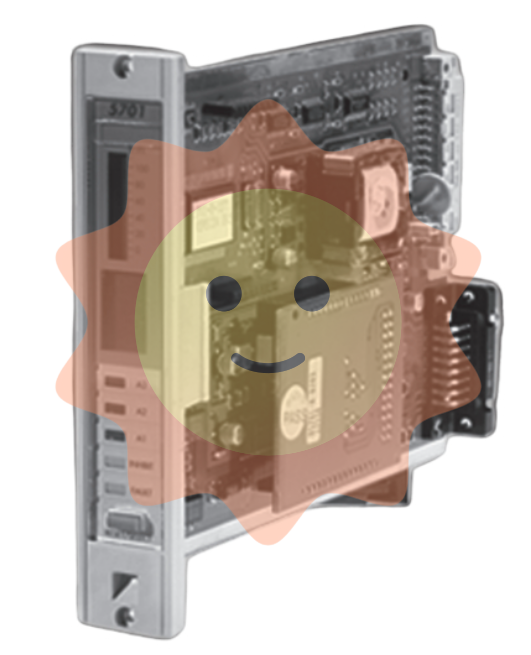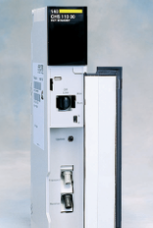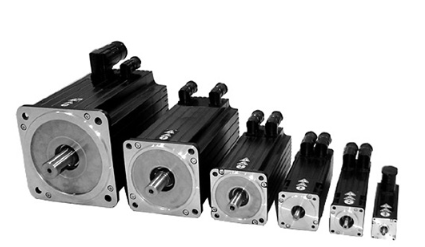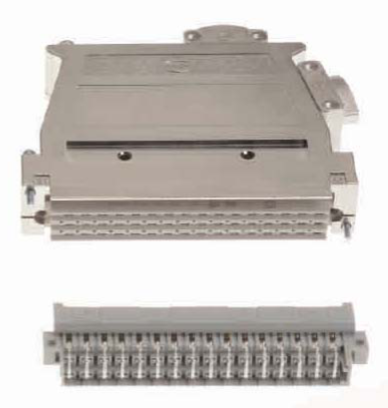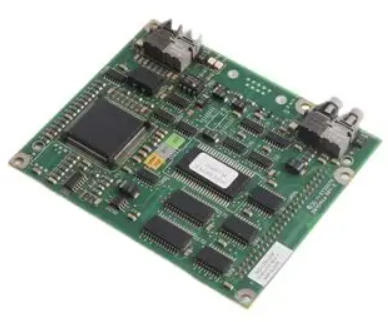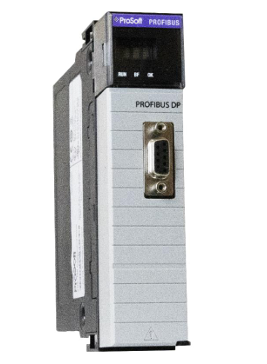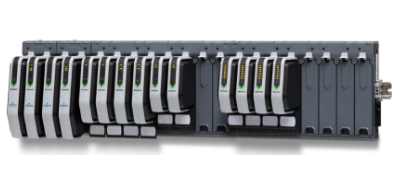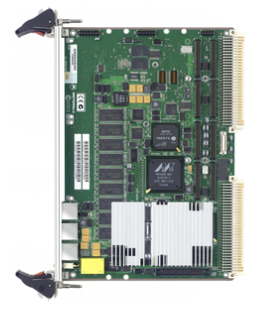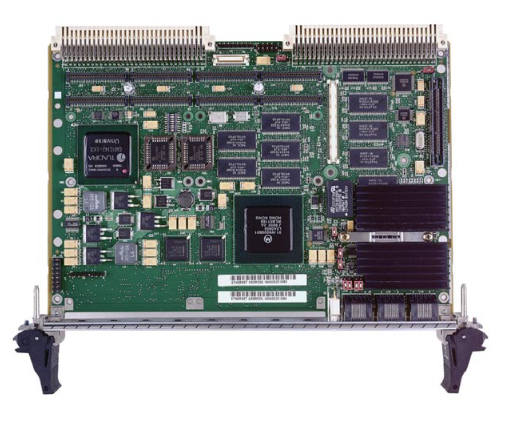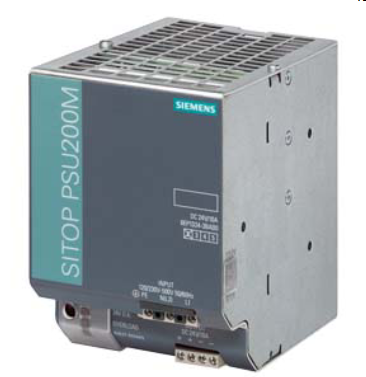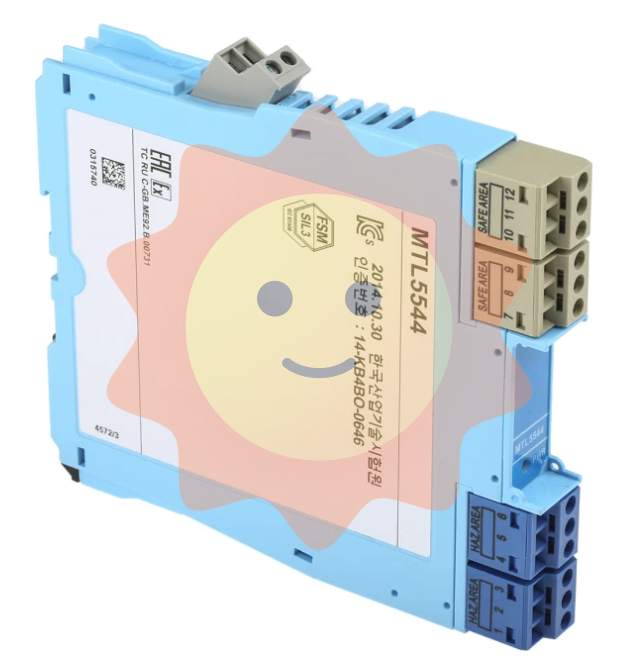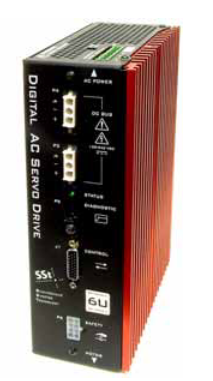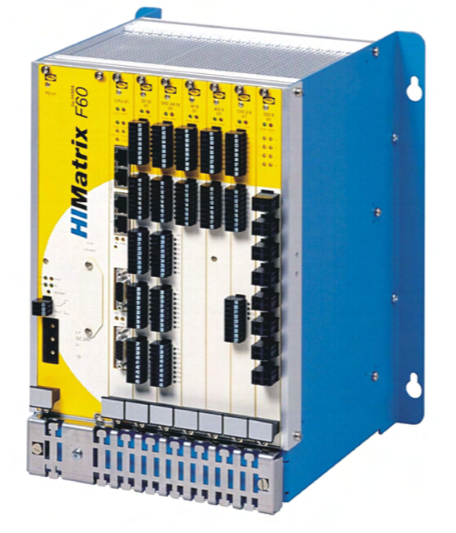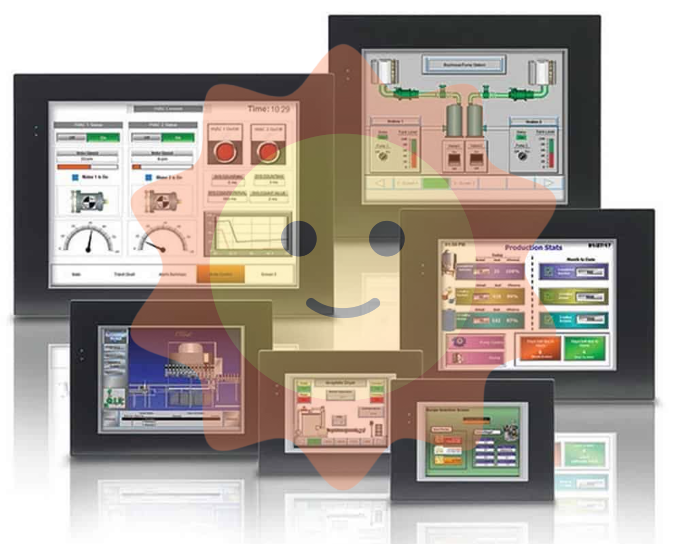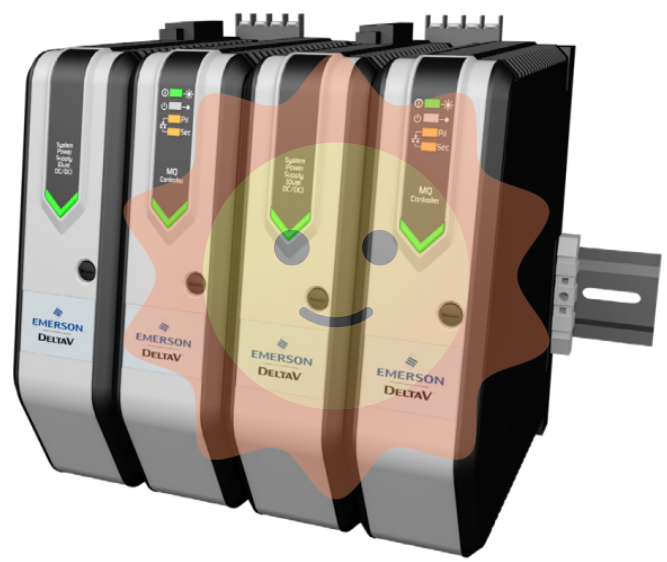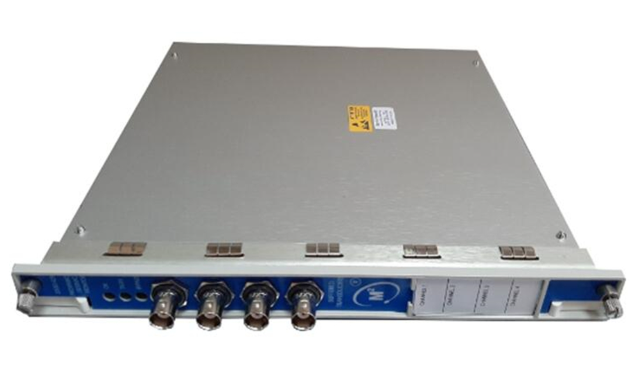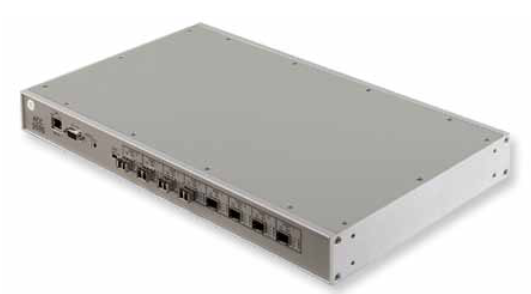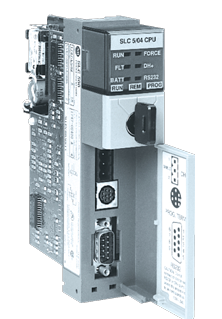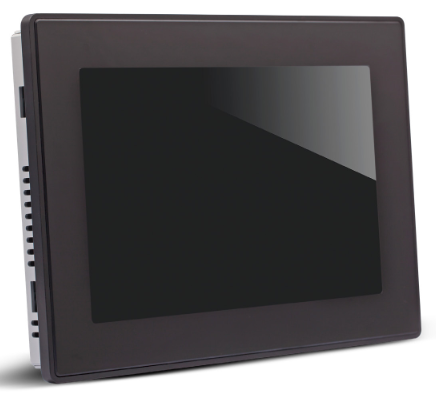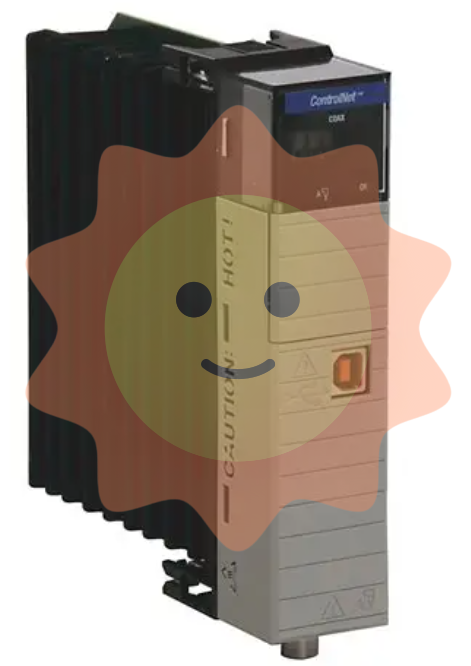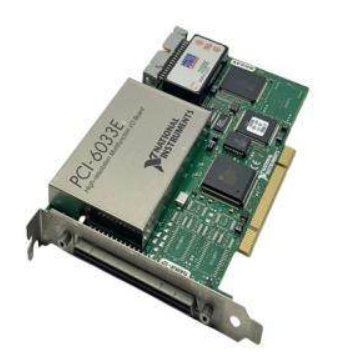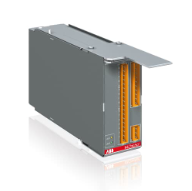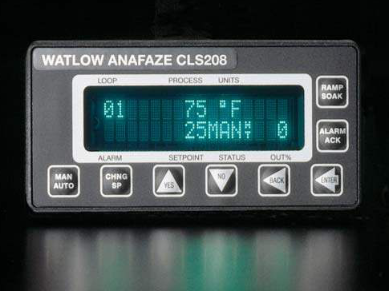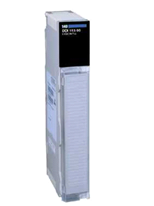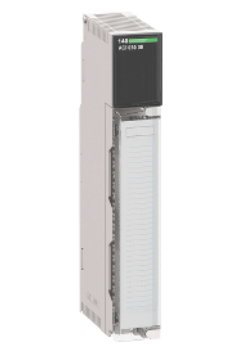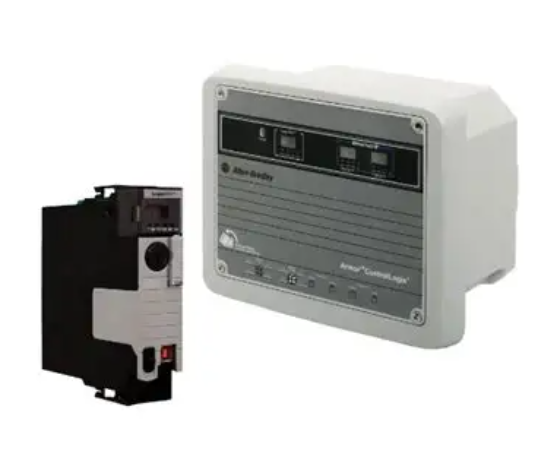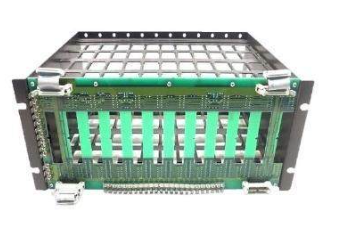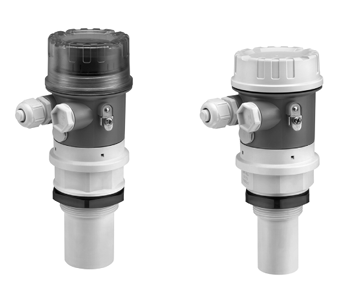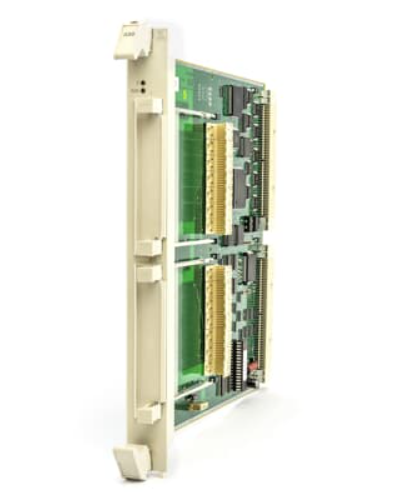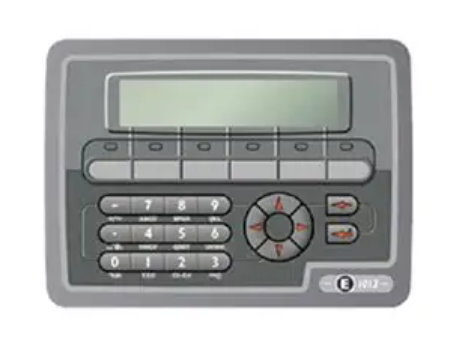GE IS220PSVOH1A PSVO Servo Control Module
GE IS220PSVOH1A PSVO Servo Control Module
Part Number IS220PSVOH1A Manufacturer General Electric Country of Manufacture As Per GE Manufacturing Policy Series Mark VIe Function Module Availability In StockIS220PSVOH1A is a Servo Control Pack under the Mark VIe series. GE developed this component for its Mark VI or Mark VIe systems. Steam and gas turbine systems are controlled by both of these systems. The IS220PSVOH1A is an electrical interface that connects a TSVO servo terminal board to one or two I/O Ethernet networks. The WSVO servo driver module is used by the IS220PSVOH1A to control two servo valve position loops.
A front faceplate with various LED indications is included with the PSVO. Four LEDs display the state of the two Ethernet networks (ENet1/Enet2), as well as a Power and Attn LED and two ENA1/2 LEDs. There's also a single infrared port on the front, but it's not used in this pack. After installation, the Control System Toolbox application is used to setup the IS220PSVOH1A. A CPU board with input power connectors, local power supply, and an internal temperature sensor are included in the kit. The board also has flash memory and RAM. This board is linked to a purchase board.
When the IS220PSVOH1A is replaced, it can be auto-reconfigured. This feature can be activated or disabled in the ToolboxST application's Component Editor. The operator can also manually reconfigure the module using the Component Editor. The I/O pack must be manually reconfigured when a terminal board is changed. Stroking the actuator in manual mode, position ramping, or step current can all be used to test servo performance. Any irregularities in the actuator stroke will be displayed on the trend recorder. Manufacturer user guides and manuals might provide more information about this and other parts of the board, their installation and operation, as well as any potential compatibility difficulties.
Main Functions
Power system monitoring and control:
The power interface board can be used for power system monitoring and control equipment to ensure the safe, stable and reliable operation of the power system.
Power plant automation:
In the power plant, it can be used to connect and manage the power supply of the mastering system and monitoring equipment to improve the automation level of the power plant.
Power transformer and distribution:
Applicable to substations and distribution stations, it is used to govern the power supply of transformers, circuit breakers and other equipments to ensure the high efficiency of power transmission and distribution.
Industrial Process Mastering:
In manufacturing and chemical workshops, this power interface board can be used for power management of automation systems, inner and control equipment to enhance productivity and safety.
Building Automation:
It can be used in building automation system, power supply to lighting, air conditioning, security equipment, etc., to achieve intelligent management of building equipment.
Railway flag signal system:
In the railway system, it is used in the power management of railway flag signal equipment and control system to ensure the stable operation of railway signal system.
Smart Grid:
In the smart grid, the power interface board can be used to connect and manage the digital power equipment and promote the intelligent development of the power grid.
Traffic Flag Signal System:
In the traffic flag signal system of routes and intersections, it is used to supply power to the flag master and equipment to ensure the normal display of traffic signals.
Aerospace:
In aviation and aerospace, the power interface board can be used in the control system of aircraft and spacecraft to provide stable and reliable power support.
It is suitable for land initiatives, oilfield equipment and other categories, providing power support for various land engineering equipment.
The IO module has the following main functions
Input Function
The IO module can receive input signals sent by external devices and convert them into digital or analogue signals for use by the computer system or control system. These input signals can come from a variety of sensors, such as temperature sensors, pressure sensors, photosensitive sensors and so on. By receiving and parsing these input signals, the system can monitor and control the external environment in real time.
Output Functions
The IO module is capable of converting the output signals generated by a computer system or control system into the form required by an external device. These output signals are typically used to control actuators such as motors, valves, lights, etc. By sending appropriate output signals to external devices, the system enables control and operation of the external environment.
Data Acquisition and Processing
The IO module is capable of acquiring data from external devices and transferring it to a computer system or control system for further processing. This enables the system to acquire environmental data, status information and user inputs in real time and make appropriate decisions or perform specific tasks based on these data.
Communication Interfaces
IO modules are usually equipped with different types of communication interfaces, such as serial interfaces (RS232, RS485), Ethernet interfaces, CAN bus interfaces, and so on. These interfaces enable IO modules to exchange data and communicate efficiently with computer systems or other external devices.

- User name Member Level Quantity Specification Purchase Date
- Satisfaction :
-









Email:wang@kongjiangauto.com

